Southernwood, known by various names such as Garderobe, Lad’s Love, Maid’s Love, Old Man, Sitherwood, Southernwood, and Southern Wormwood, is a versatile and aromatic herb. Scientifically named Artemisia abrotanum, it belongs to the Asteraceae family and is native to regions including the Baltic States, France, Italy, Spain, and Yugoslavia.
This perennial herb is cherished for its long-standing use in both culinary and medicinal applications. Despite its rich history and benefits, southernwood remains somewhat underappreciated in many areas. Its unique fragrance and easy-to-grow nature make it an excellent choice for herb enthusiasts looking to diversify their garden.
Whether you’re drawn to its historical significance or intrigued by its practical uses, southernwood offers a wonderful opportunity to explore the beauty and utility of herbal gardening.
| Common name | Garderobe, Lad’s Love, Maid’s Love, Old Man, Sitherwood, Southernwood, Southern Wormwood |
| Botanical name | Artemisia abrotanum |
| Family | Asteraceae |
| Species | abrotanum |
| Origin | Baltic States, France, Italy, Spain, Yugoslavia |
| Life cycle | Perennial |
| Plant type | Herbaceous Perennial |
| Hardiness zone | 4, 5, 6, 7, 8 |
| Sunlight | Full Sun |
| Maintenance | Low |
| Soil condition | High Organic Matter |
| Soil ph | Acid |
| Drainage | Well-Drained |
| Growth rate | Medium |
| Spacing | 12 in. – 3 ft. |
| Flowering period | Summer |
| Height | 2 ft. – 4 ft. |
| Flower color | Gold, Yellow |
| Leaf color | Gray, Silver |
| Leaf benefit | Fragrant |
| Garden style | Cottage Garden |
| Uses | Container |
I. Appearance and Characteristics
Artemisia abrotanum, the southernwood, lad’s love, or southern wormwood, is a species of flowering plant in the sunflower family. It is native to Eurasia and Africa but naturalized in scattered locations in North America. Other common names include: old man, boy’s love, oldman wormwood, lover’s plant, appleringie, garderobe, Our Lord’s wood, maid’s ruin, garden sagebrush, European sage, sitherwood and lemon plant.
Southernwood has a strong camphor-like odour and was historically used as an air freshener or strewing herb. It forms a small bushy shrub, which is widely cultivated by gardeners. The grey-green leaves are small, narrow and feathery. The small flowers are yellow. It can easily be propagated by cuttings, or by division of the roots.
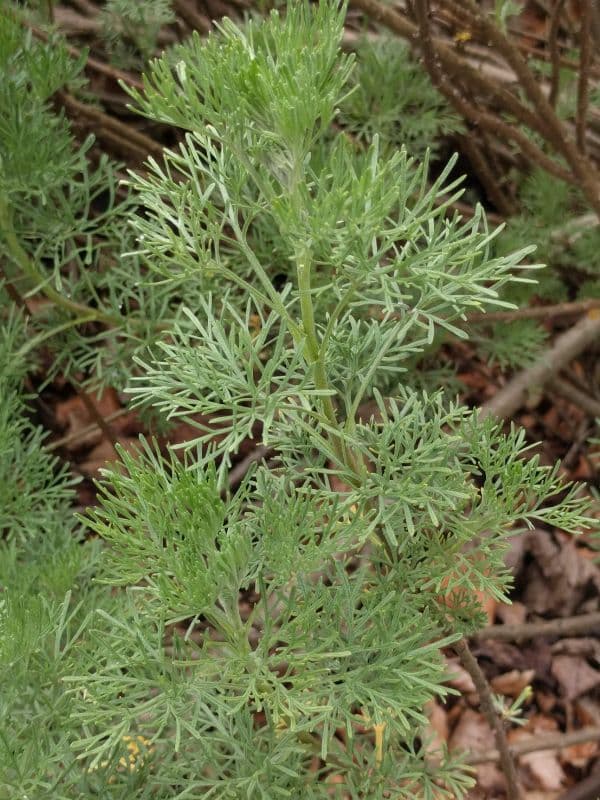
This plant has gained the Royal Horticultural Society’s Award of Garden Merit.
In 2012, the European Food Safety Authority reported that all the aerial parts of Artemisia abrotanum contain substances that can be toxic to humans, due to the presence in the essential oil of bicyclic monoterpenes and phenylpropanoids.
II. How to Grow and Care
Sunlight
Although southernwood prefers a spot with full sun, meaning at least six hours of direct sunlight on most days, it can still grow well in some shade. Growth just won’t be as vigorous, and the plant’s lemony scent won’t be as apparent. Too much shade can also cause the foliage to become less compact and straggly in appearance.
Temperature and Humidity
Southernwood thrives in hot and dry regions, where it tends to live longer, be hardier, and produce a stronger aroma. Despite its name, it’s not suited to the hot and humid climate of the Deep South. The plant can cope with colder temperatures, though it will appreciate mulching over the winter in the cooler parts of its growing zones. In hotter regions, the plant is more likely to flower. In the colder regions, the flowers won’t usually appear at all.
Watering
Once it’s established, southernwood is a drought-tolerant species that likes dry or moderately moist conditions. It doesn’t like to be overwatered. During hot weather or a prolonged period of drought, water to prevent the soil from drying out. Otherwise, supplemental irrigation often isn’t necessary.
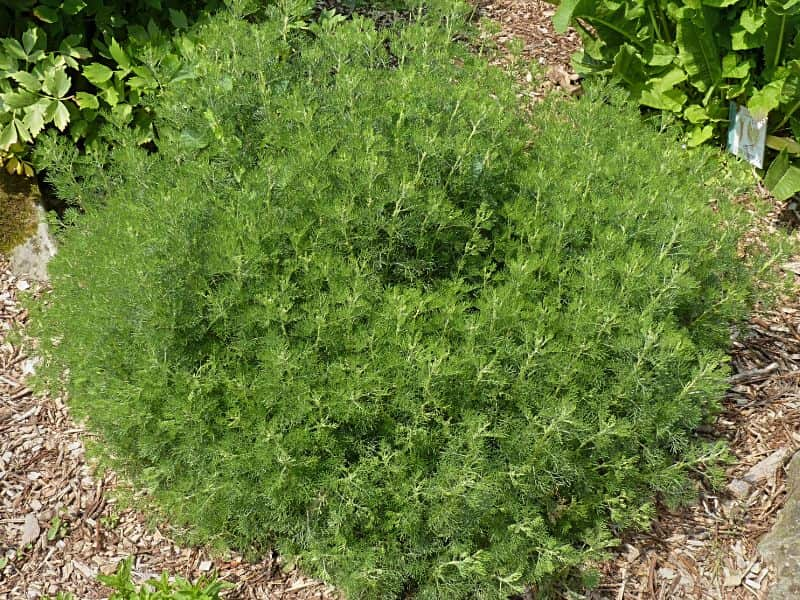
Soil
Southernwood can grow in sandy, loamy, and clay soils of varying pH levels. The soil must be well-draining and never waterlogged, as the plant is susceptible to root rot.
Fertilizing
Because southernwood can thrive in infertile soils, it might not need additional feeding with a fertilizer. However, the plant might benefit from feeding if it’s losing its compact shape and the foliage is looking elongated and weak. Mix some compost into the soil in the spring for an organic nutrient boost.
Pruning
Pruning southernwood is more important than it is with most other herbs. If you don’t rigorously cut it back to the ground in the early spring, it can lose its compact shape and new growth can be limited. The foliage tends to become overly tall, weak, and loosely spread when left to its own devices.
Propagation
Southernwood is easy to propagate from cuttings or root division. Mature plants can be divided every three to four years. Even if you don’t want new plants, it’s still a good idea to divide large clumps every few years to maintain healthy growth.
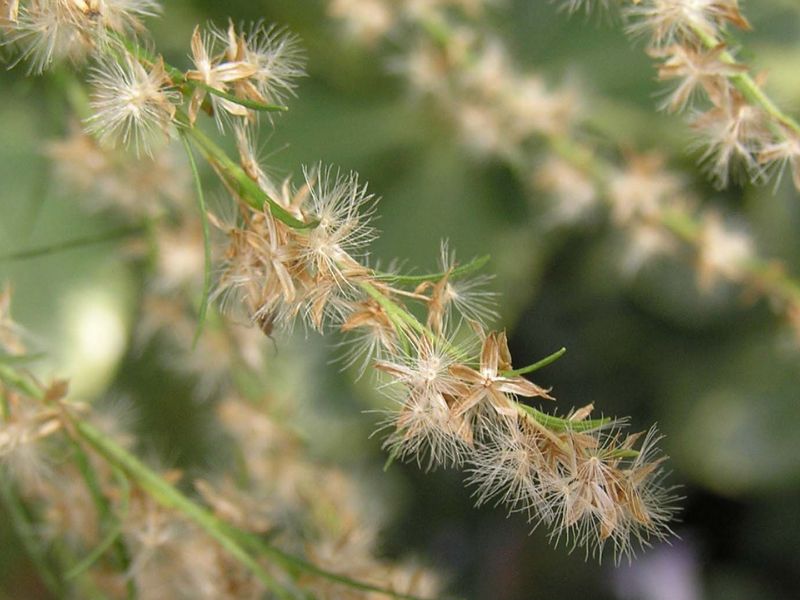
To propagate from cuttings:
- Select a 4- to 6-inch portion of new woody growth in the summer and trim it off.
- Remove the leaves from the lower half.
- Apply rooting hormone to the cut end.
- Plant the cutting in a soilless potting medium.
- Keep it warm and moist until roots form.
- Once you feel resistance when you tug on the stem, you will know it has developed roots. Then, it is ready to be planted outside.
To propagate from division:
- Simply dig up the clumps.
- Gently pull apart the roots.
- Replant the smaller clumps wherever you wish.
Common Problems
Southernwood only has one problem. It is susceptible to root rot. This results from overwatering the plant. It can also happen if the southernwood is planted in moist, poorly draining soils.
III. Uses and Benefits
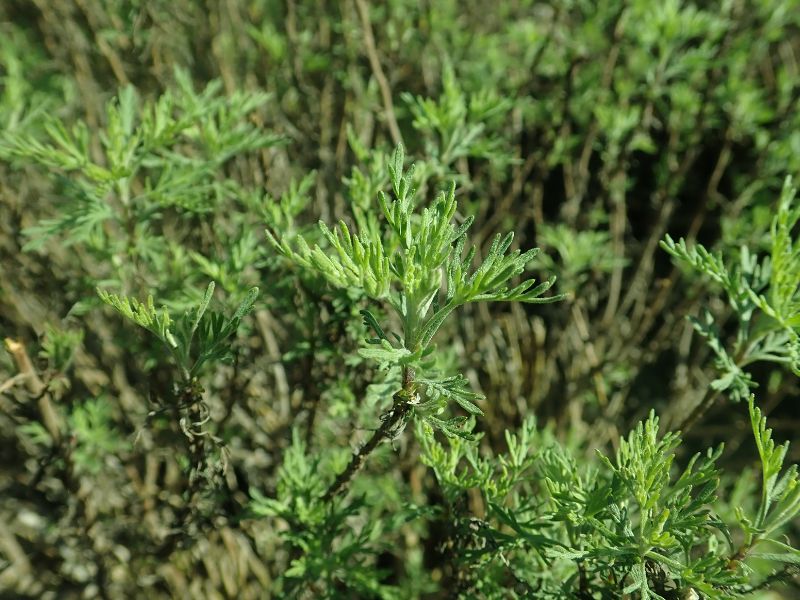
A yellow dye can be extracted from the branches of the plant, for use with wool. Its dried leaves are used to keep moths away from wardrobes. The volatile oil in the leaves is responsible for the strong, sharp, scent which repels moths and other insects. It was customary to lay sprays of the herb amongst clothes, or hang them in closets, and this is the origin of one of the southernwood’s French names, “garderobe” (“clothes-preserver”). Judges carried posies of southernwood and rue to protect themselves from prisoners’ contagious diseases, and some church-goers relied on the herb’s sharp scent to keep them awake during long sermons.
The pungent, scented leaves and flowers are used in herbal teas. Young shoots were used to flavor pastries and puddings. In Italy, it is used as a culinary herb.
In the traditional medicine of East and North Bosnia and Herzegovina, aerial parts of Artemisia abrotanum are used in jaundice therapy.
A poem by Edward Thomas (1878 – 1917) concerns the herb: “Old Man or Lad’s Love”.
In the Chinese book of rites they mentioned it in sacrifices.
IV. Types of Southernwood
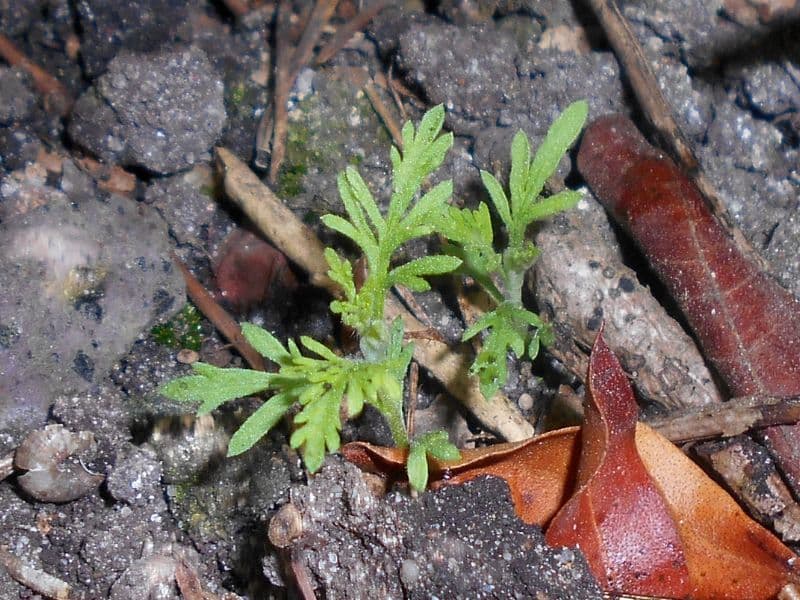
There are multiple varieties of southernwood, including:
- Artemisia abrotanum ‘Cola’: This cultivar has foliage that really does smell like soda.
- Artemisia abrotanum ‘Leprechaun’: This is a particularly hardy and compact cultivar.
- Artemisia abrotanum ‘Silver’: This cultivar features soft silvery-green foliage.
Find Where to Buy the Best Southernwood (Artemisia abrotanum)

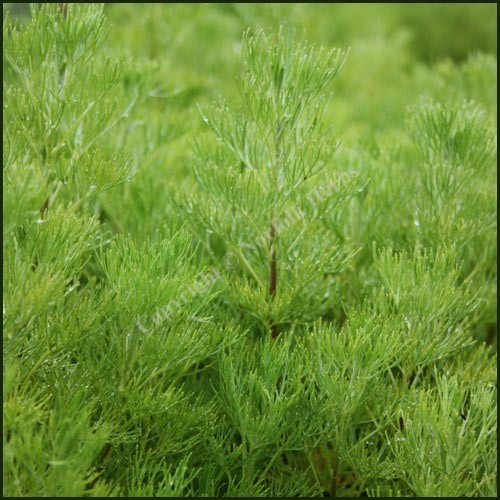

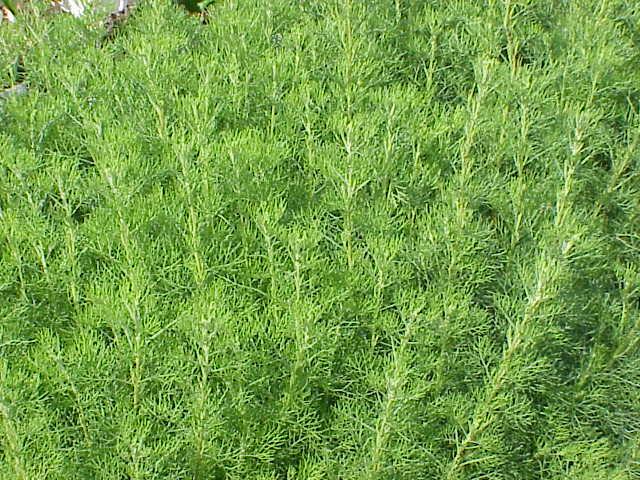














Leave a Reply